Strapworks offers a variety of straps, including those featuring side release and cam buckles in various lengths and widths.
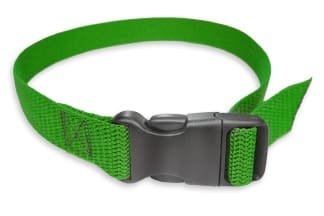
It’s quite a resource, with lots of options. The best thing to do is dive in and look around.
Strapworks offers a variety of straps, including those featuring side release and cam buckles in various lengths and widths.

It’s quite a resource, with lots of options. The best thing to do is dive in and look around.
Posted in Load Carrying | 1 Comment »
FHF Gear offers a pouch for the popular RINO GPS / Radio (models 120-750).
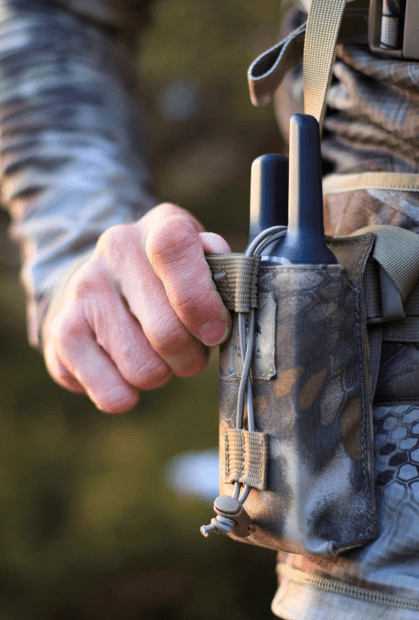
Retention is via an adjustable bungee like on many magazine pouches, it also features a drainage grommet and two dummy cord points. This PALS compatible pouch will also accommodate the Garmin GPSMAP series as well as the inReach Explorer, and the Alpha 100.
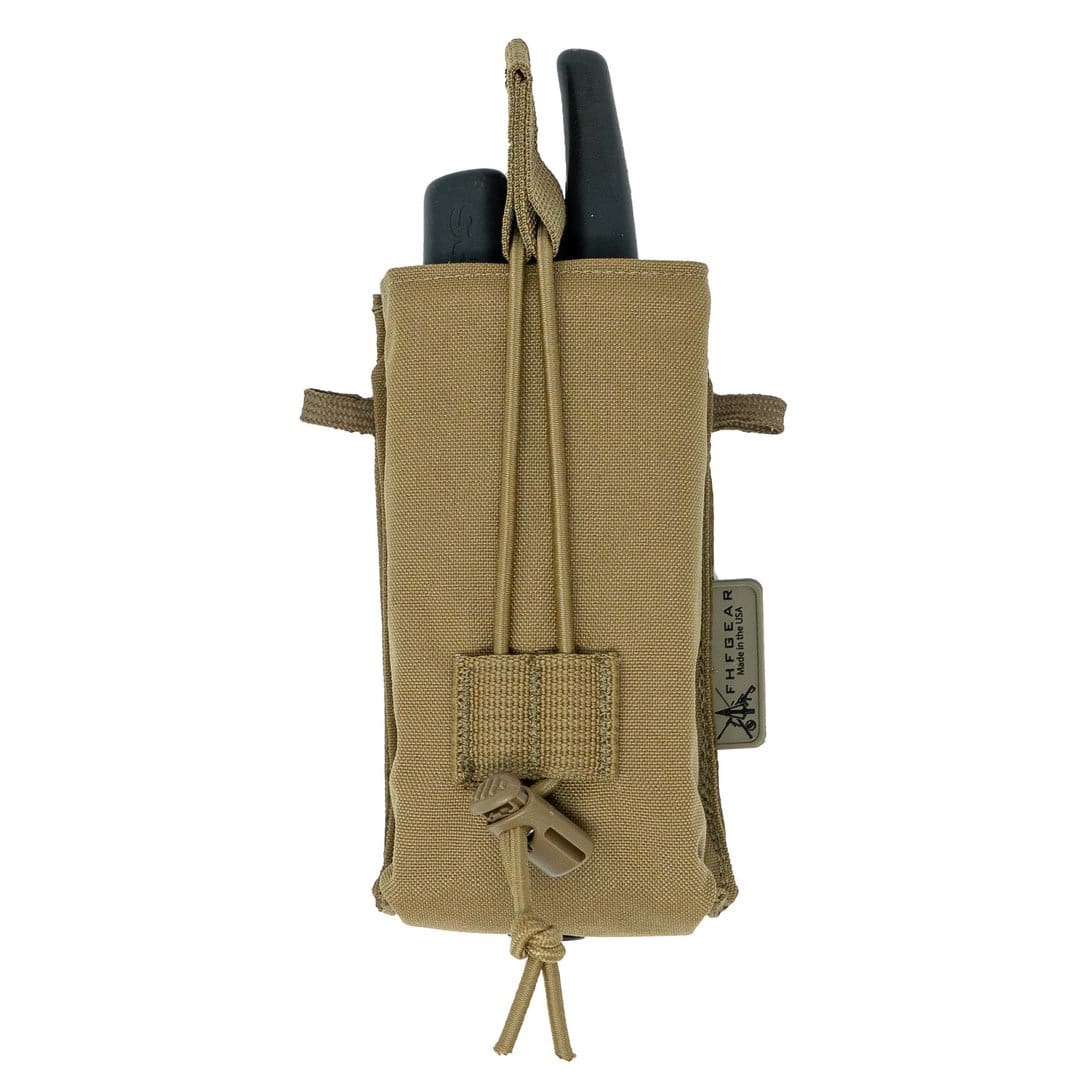
*This pouch will not accommodate the larger AA battery packs on the 500 RINO models with a joystick.
fhfgear.com/products/rino-radio-gps-pouch
Posted in Load Carrying | Comments Off on FHF Gear – Rino Radio/GPS Pouch
The Bison Belt is coming soon from Ferro Concepts.
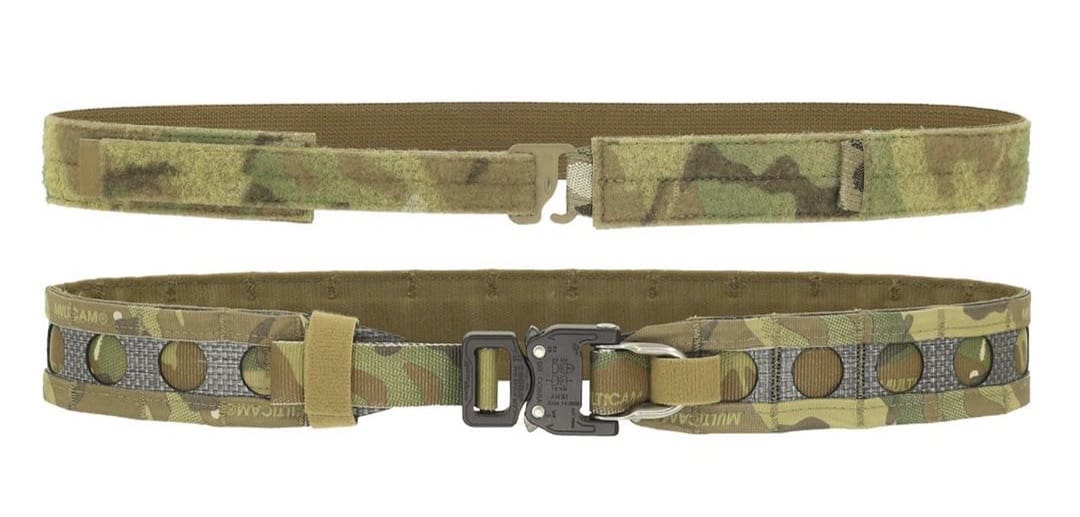
Designed for and in collaboration with special operations and law enforcement professionals, the Bison belt is both lightweight and low profile.
The belt is constructed around a single layer of laser-cut thermoplastic as the framework. Integrated through the entire core of the belt is continuous 1” tubular webbing from buckle to buckle for strength. Lightweight webbing was selected for reduced overall bulk and ease of installing PALS compatible products.
For reliable fastening, the Bison Belt is equipped with a D-Ring Cobra buckle. The inside of the belt is lined with hook Velcro for quick and secure don/doff capability with the included inner pant belt which completes the Bison Belt system.
It will be offered in Black, Coyote, Ranger Green and MultiCam.
Posted in Load Carrying | 3 Comments »
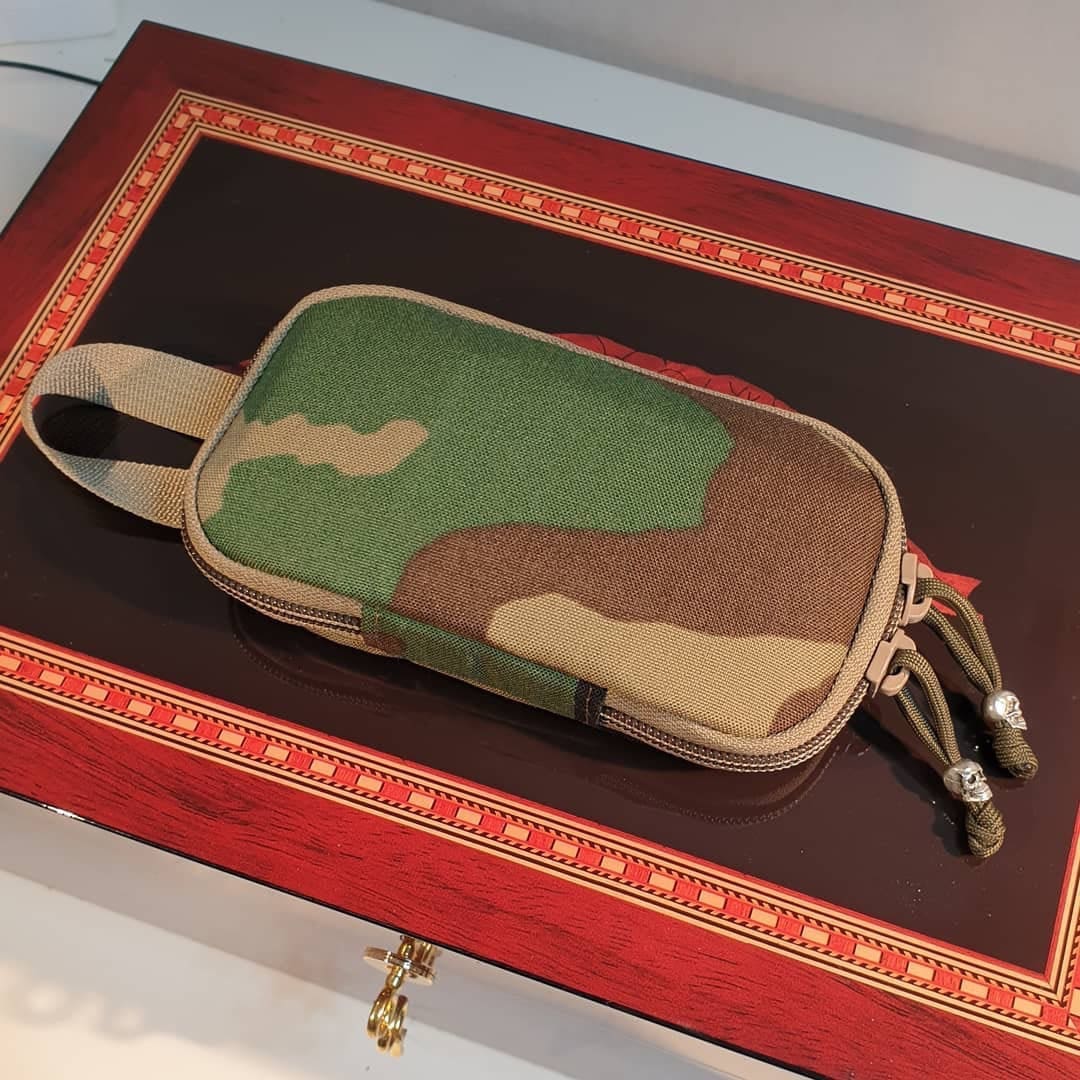
Finland’s CDH Tactical came up with a pouch to hold all of his essential cigar paraphernalia neatly in one place.
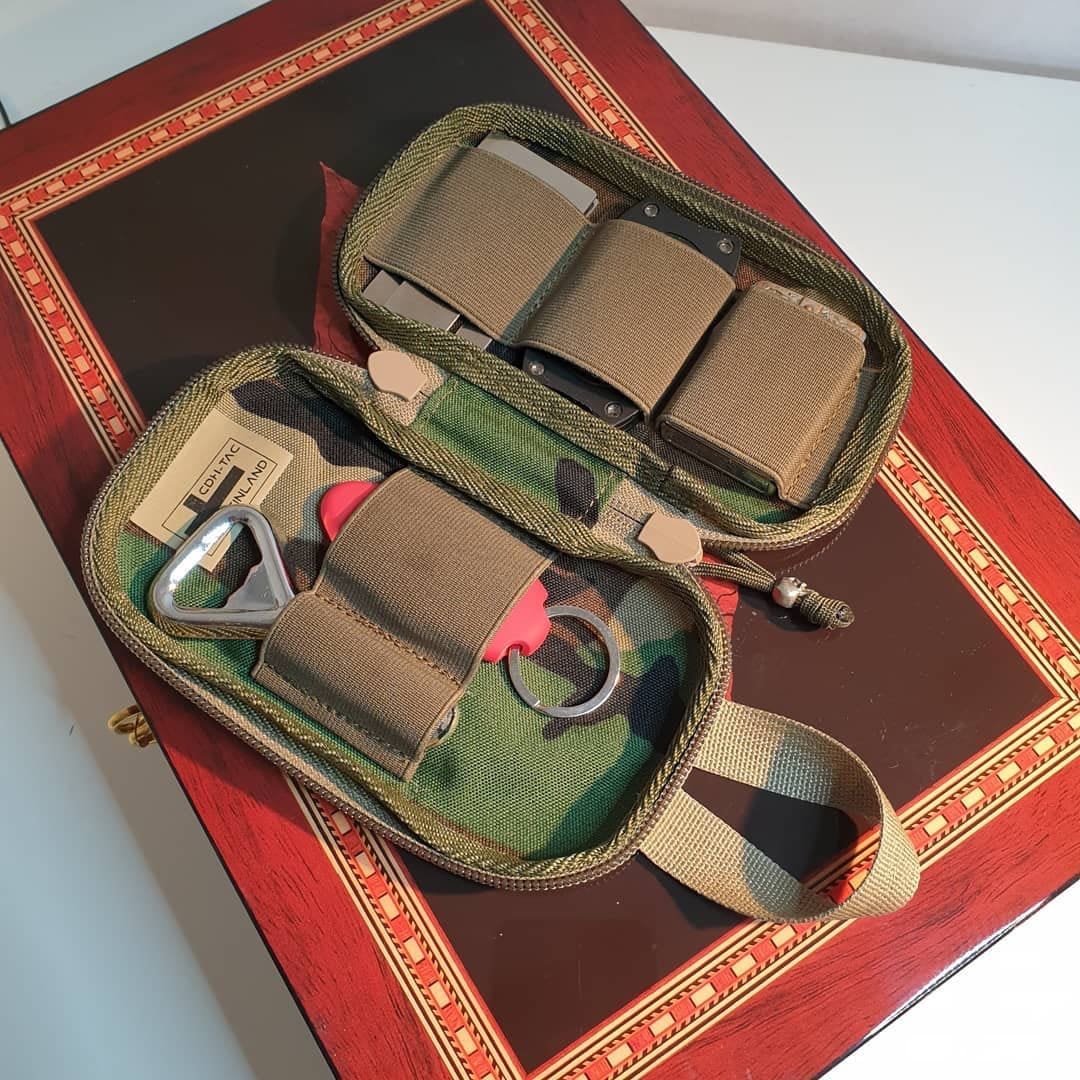
It holds a lighter, cigar stand, straight cutter, v-cutter and of course, a bottle opener.

Oh, and skull beads for zipper pulls, of course.
Contact CDH Tac via Instagram.
Posted in International, Load Carrying | 3 Comments »
I didn’t even know Pelican made a wallet until I was looking to follow up on their overlanding cases.
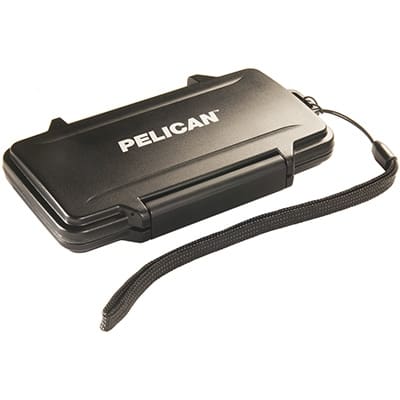
The crush proof design features an easy to open latch and water and dust resistant seal (IP 54).
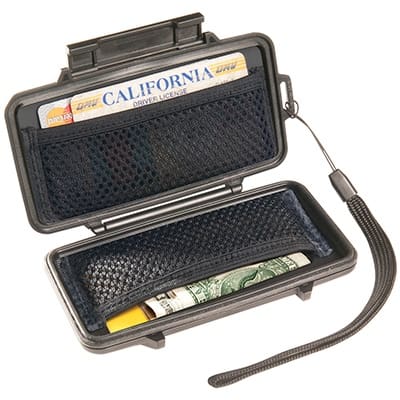
Measurements:
Interior (L×W×D)
4.79 x 2.25 x 0.55 in
(12.2 x 5.7 x 1.4 cm)
Exterior (L×W×D)
5.55 x 3.27 x 0.85 in
(14.1 x 8.3 x 2.2 cm)
www.pelican.com/us/en/product/cases/sport-wallet/micro/0955
Posted in Load Carrying | 5 Comments »
Family Portrait – 1000D Multicam Black. XL, Original Dopp, Stubby, and Pencil size. Made to order, in a variety of colors and patterns.
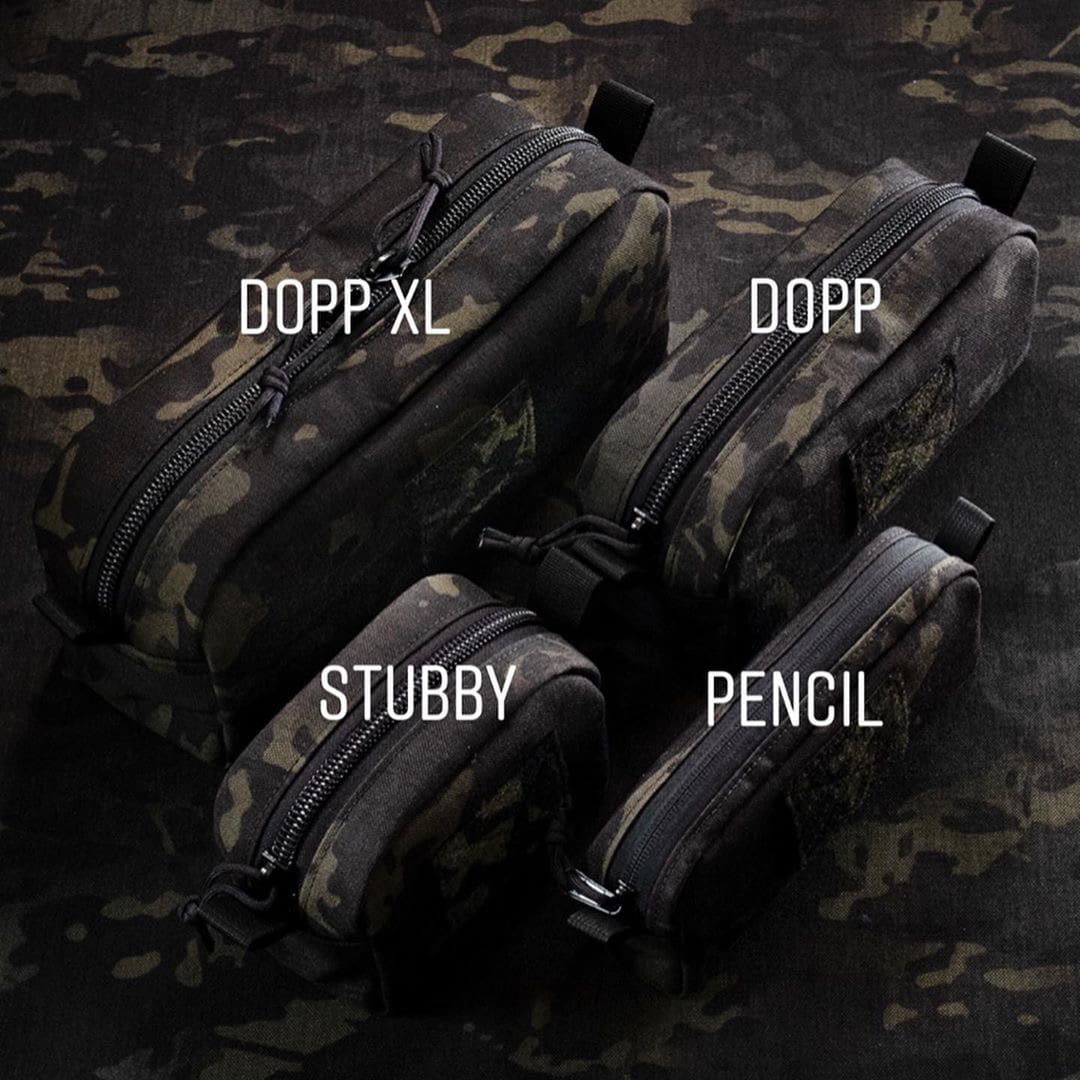
Posted in Load Carrying | 1 Comment »
Developed and designed by Karl OscarDelta, the Tyvek Delta Pouch provides a method of carry and concealment for a passport,
cash card, bank notes and other valuable items. It’s non-magnetic, tough and super lightweight (9g and only 2mm thick when empty). Held around the waist with an elastic band.
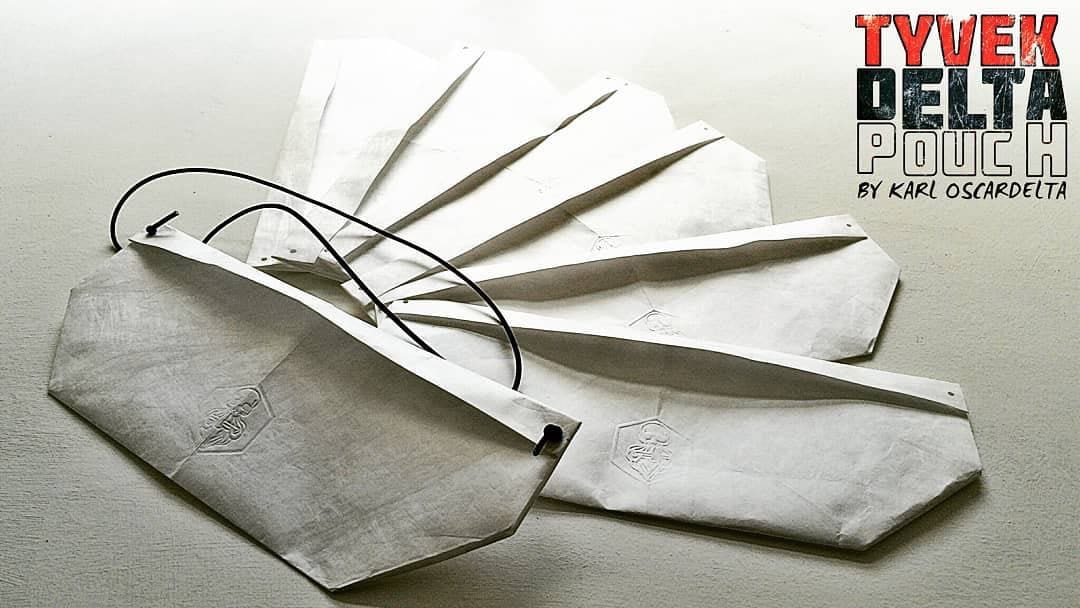
Available in Black or White Tyvek, they even offer a pattern of you want to fashion your own from Tyvek.
Visit www.oscardelta.co.uk/discreet_carry to order.
Posted in DIY, Grey Man, Load Carrying, SERE, Tachacker | Comments Off on OscarDelta – Tyvek Delta Pouch
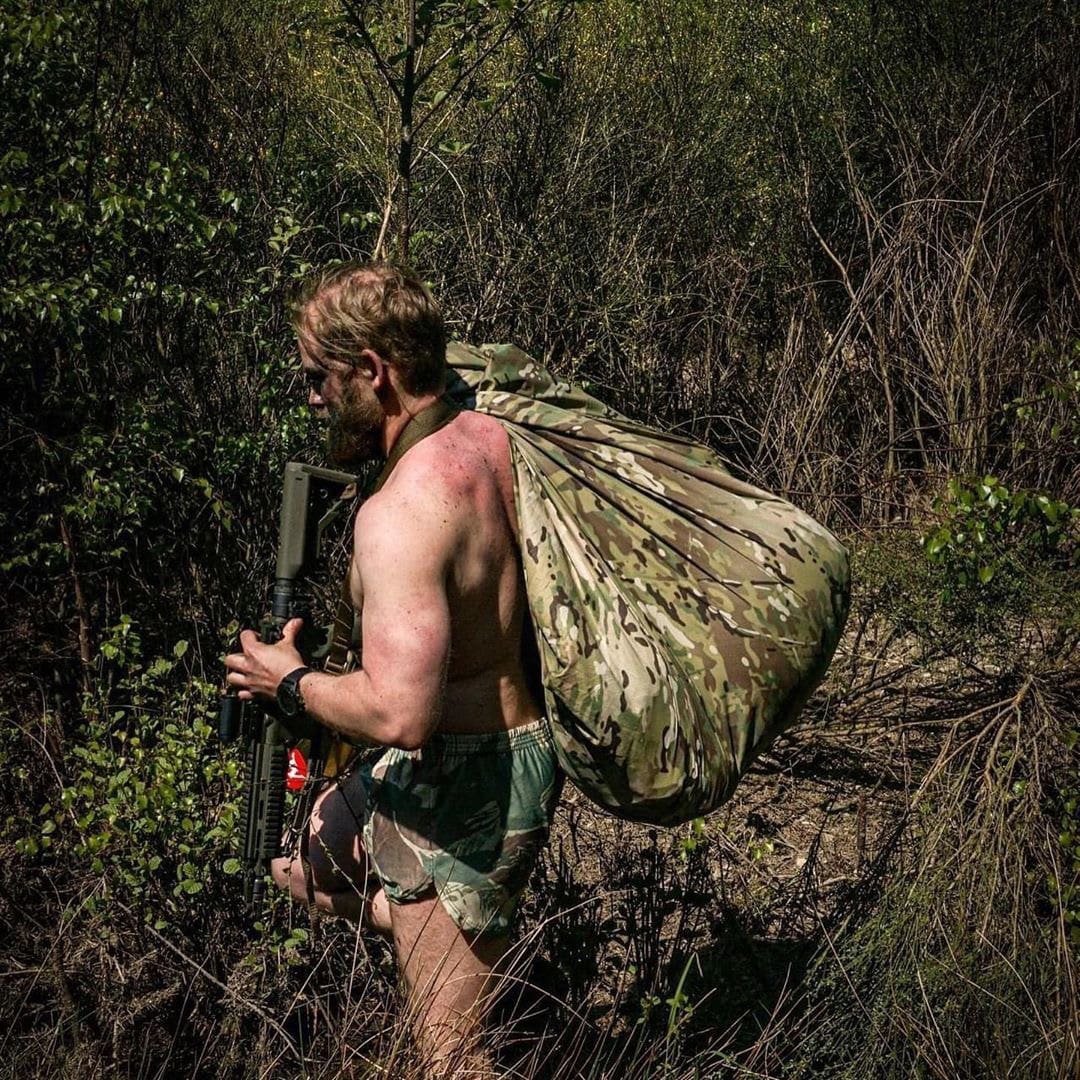
IG user @redbeardtactical_de shared these photos of the Velocity Systems Basha and Mayflower Jungle Kit being used in the field in Germany.
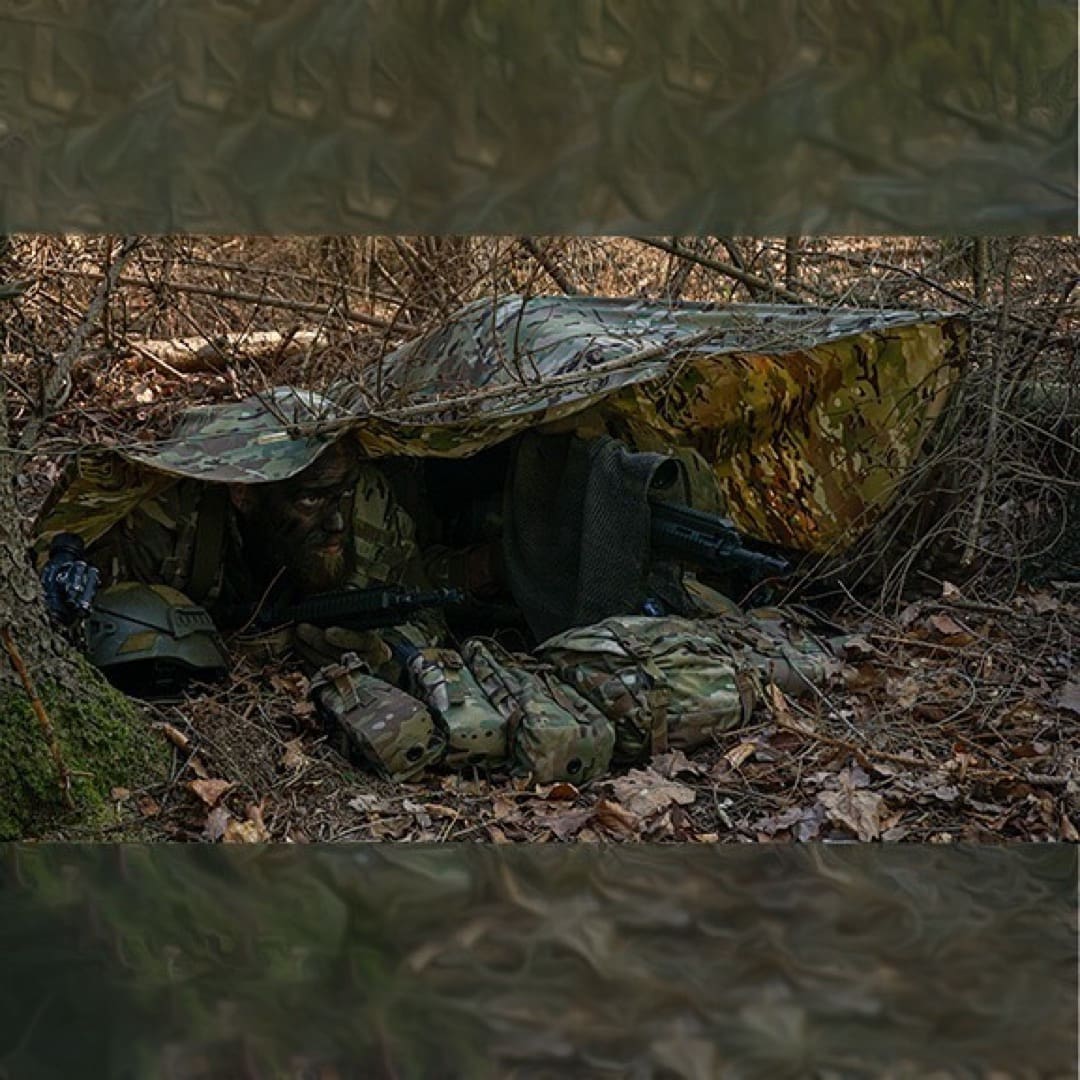

Some of the multiple uses for the Basha are shelter, rain poncho, poncho raft to float your kit, etc.
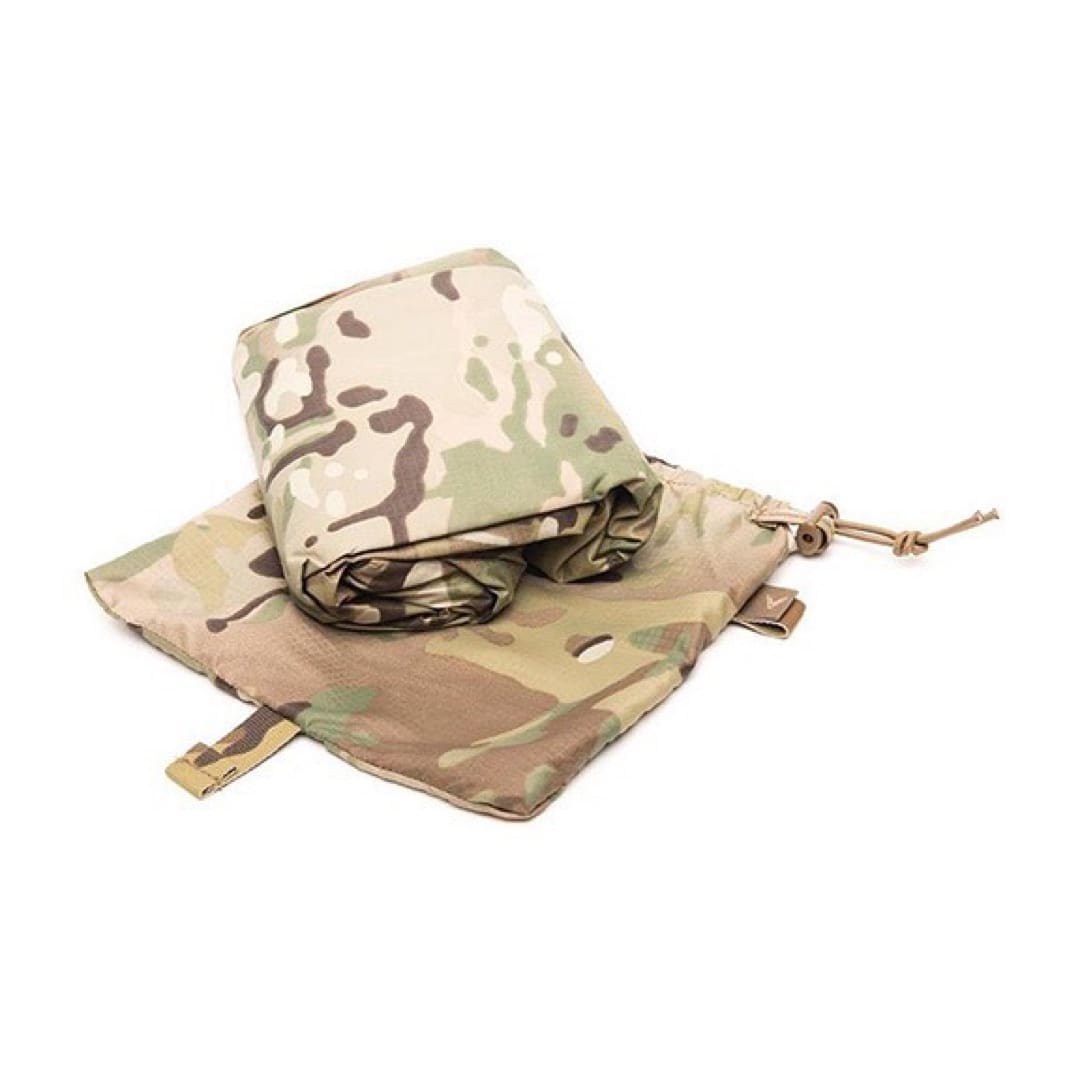
Posted in Advertiser, Load Carrying, Shelter | 5 Comments »
We reserve the right to refuse advertising to anyone
Entries (RSS)
and Comments (RSS).
Soldier Systems Daily is in no way affiliated with the US Government.
Copyright © Soldier Systems Daily 2008-2021. All Rights Reserved.

